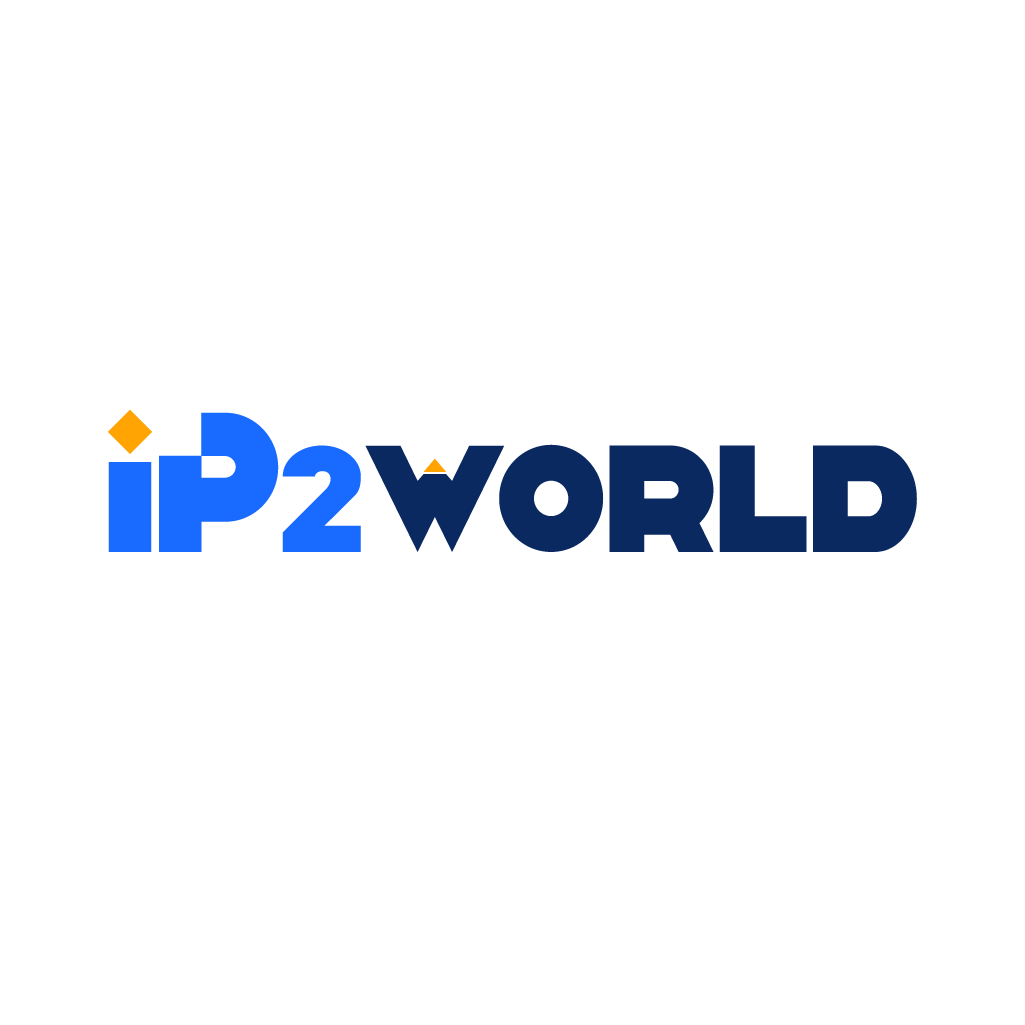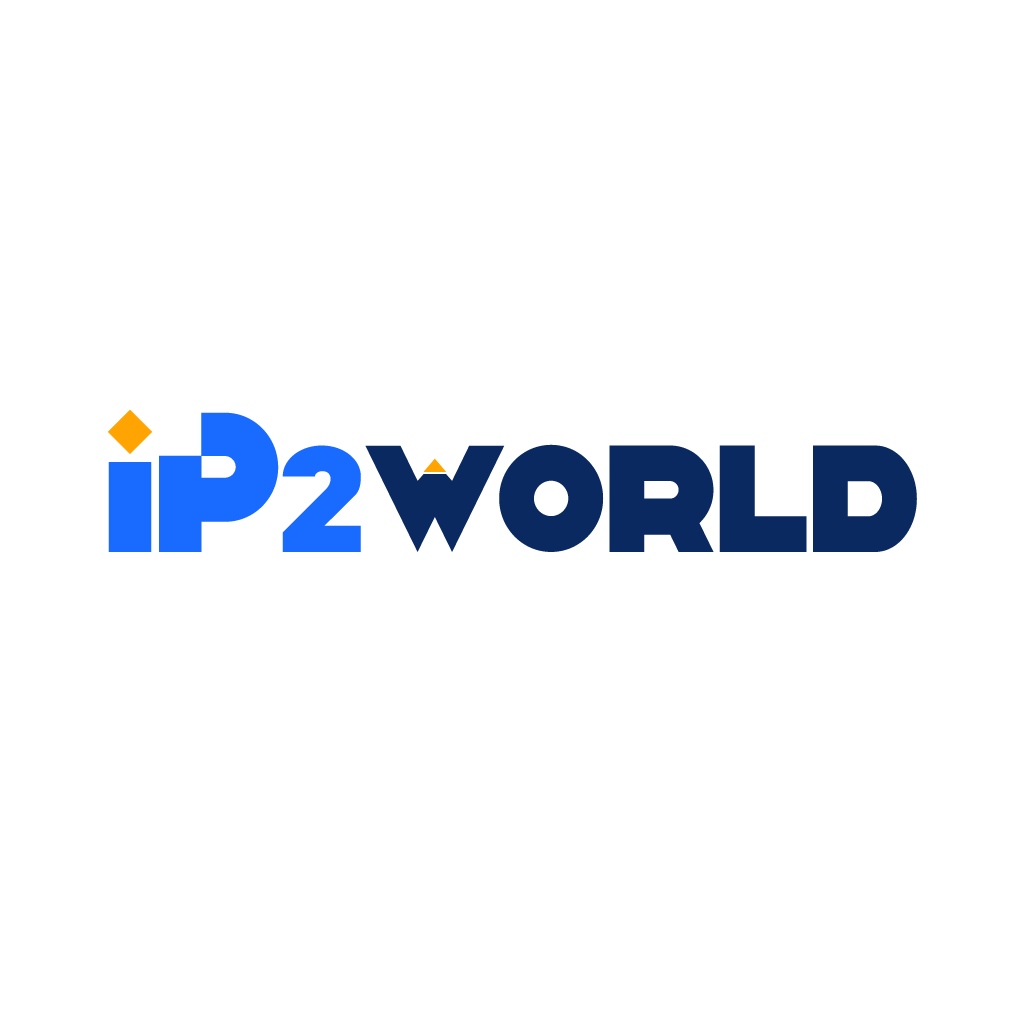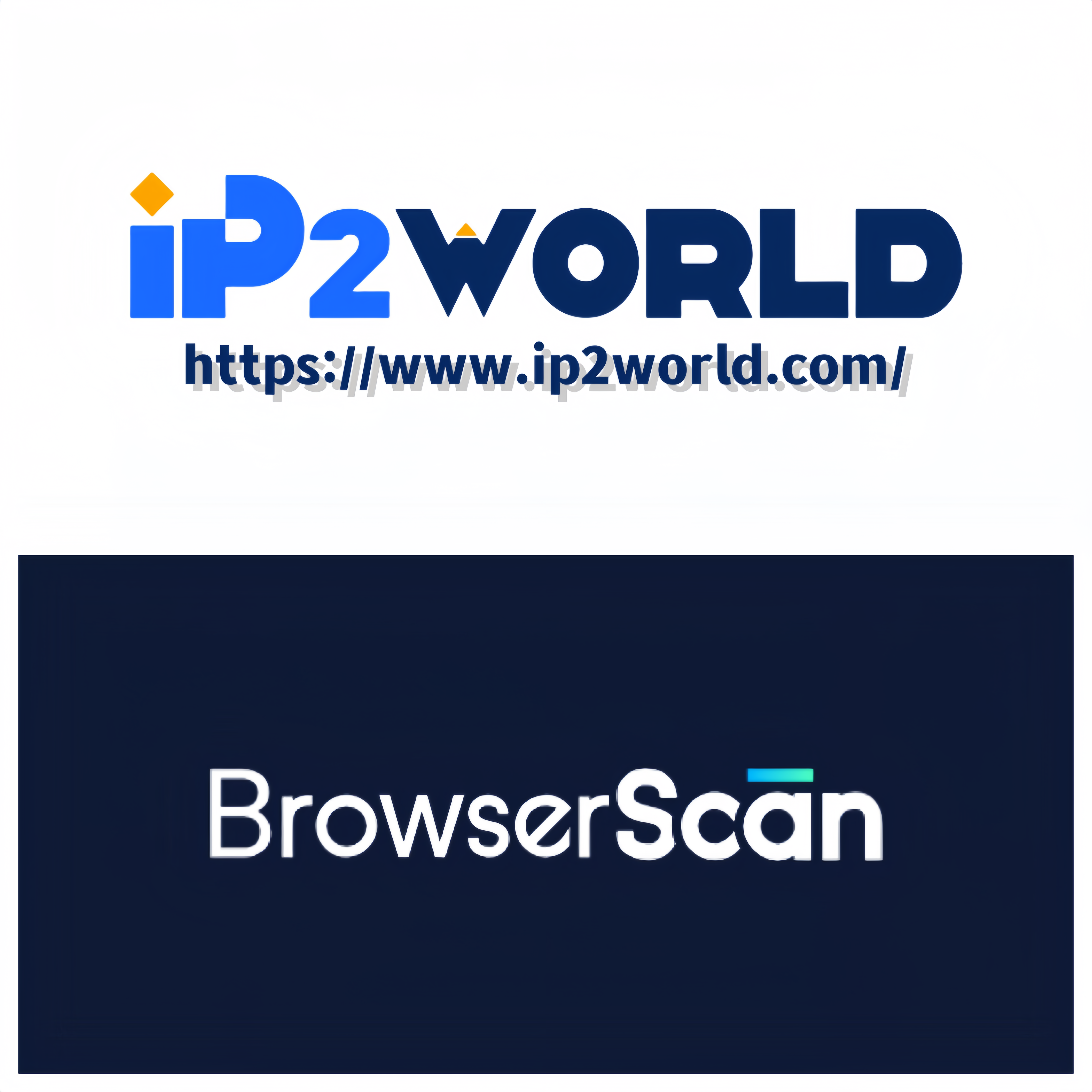I. Definition and Overview of Proxy Network Load Balancers Proxy Network Load Balancers are a critical component in modern network architecture, particularly in the management and distribution of network traffic. These devices function at Layer 4 (the transport layer) in the OSI model. Essentially, they are types of reverse proxies that specialize in balancing and managing TCP (Transmission Control Protocol) traffic. Unlike traditional load balancers that operate on simple round-robin or least-connection algorithms, Proxy Network Load Balancers are more intelligent. They inspect the content of the TCP traffic and make routing decisions based on various factors like the source, destination, and type of traffic. This ensures a more efficient distribution of network load, leading to improved application performance and reliability. Importance in the Current Internet Landscape In today's internet environment, where services and applications are increasingly cloud-based, the role of Proxy Network Load Balancers has become more crucial. They are pivotal in handling the high volume of internet traffic, ensuring that web applications and services can scale effectively to meet user demand. By distributing the traffic across multiple servers, these load balancers prevent any single server from becoming a bottleneck, thus maintaining optimal service performance and availability. Moreover, as cybersecurity threats evolve, Proxy Network Load Balancers also play a vital role in security architectures. They act as a shield, protecting backend servers from direct exposure to the internet and mitigating potential threats. II. Proxy Network Load Balancers: A Deep Dive Explanation of Layer 4 Reverse Proxy Load Balancers Layer 4 Reverse Proxy Load Balancers operate at the transport layer of the OSI model. This layer is responsible for providing end-to-end communication services for data packets over the network, primarily through TCP. These load balancers do not delve into the application layer; instead, they focus on the TCP and UDP protocols, making decisions based on IP addresses and ports. This mode of operation allows them to handle various types of traffic, not just web-based HTTP or HTTPS traffic. How They Distribute TCP Traffic in Cloud Environments In cloud environments, where resources are distributed across multiple physical and virtual servers, Layer 4 Reverse Proxy Load Balancers play a critical role in efficiently managing TCP traffic. They distribute incoming network traffic across multiple servers in a network, based on factors like server health, current connections, and overall system load. This distribution mechanism ensures that no single server is overwhelmed with too many requests, which could potentially lead to slower response times or even server crashes. It also means that in case one of the servers fails, the load balancer can quickly reroute traffic to other healthy servers, ensuring continuous availability of the application or service. III. Operational Mechanics of Proxy Network Load Balancers Traffic Termination and Forwarding Process In the context of Proxy Network Load Balancers, traffic termination refers to the process where the load balancer itself terminates incoming TCP connections. It then establishes a new TCP connection to the chosen backend server. This process is also known as TCP offloading or TCP termination. This setup allows the load balancer to inspect and manipulate TCP traffic, enabling more intelligent routing decisions. After the load balancer selects the appropriate server, it forwards the request to that server. The server then processes the request and sends the response back to the load balancer, which in turn sends it back to the client. Port Specifications and Port Remapping Features Port specification and remapping are essential features of Proxy Network Load Balancers. These features allow the load balancer to listen on specific ports and then redirect or remap the traffic to different ports on the backend servers. For example, a load balancer can receive traffic on the well-known HTTP port 80 but can redirect this traffic to port 8080 on one of its managed servers. This flexibility in managing and redirecting traffic is crucial for complex network configurations and helps in maintaining efficient network operations. Relaying of Original Source IP Addresses Using the PROXY Protocol The PROXY protocol is a simple protocol that adds a header to the forwarded TCP connection, containing information about the original client. This includes the original IP address and port number of the client, which is essential for servers that need to know the actual source of the traffic for purposes like logging, analytics, or security. When a Proxy Network Load Balancer uses the PROXY protocol, it ensures that the backend servers receive the original client's connection information, despite the traffic being routed through the load balancer. This capability is particularly important in maintaining the transparency of client-server communications and is valuable in scenarios where client location or identity is crucial for the application’s logic or compliance reasons. IV. Deployment Modes and Their Features External Proxy Network Load Balancers Functionality for Internet Client TrafficExternal Proxy Network Load Balancers are primarily designed to manage incoming internet traffic. Their primary role is to distribute this traffic across multiple servers, typically located in various data centers or cloud environments. This distribution ensures that no single server is overwhelmed, thereby maintaining optimal response times and reliability. Deployment Models: Global External and Regional External- Global External Deployment: In this model, the load balancer serves traffic across a wide geographical area, often spanning across countries or continents. This model is crucial for global services that require high availability and consistent performance regardless of the user's location. Global load balancers distribute user requests to the nearest available server, minimizing latency and maximizing speed.- Regional External Deployment: Regional load balancers are confined to specific geographic regions. They are ideal for services where the user base is concentrated in a particular area or when data residency regulations restrict data movement across borders. Regional load balancers ensure that the traffic is efficiently managed within the designated area, providing localized and efficient traffic management. Internal Proxy Network Load Balancers Balancing Traffic within VPC Networks or Connected NetworksInternal load balancers are used within Virtual Private Cloud (VPC) networks or interconnected networks in a private cloud environment. They are designed to balance the load of internal traffic — traffic that does not originate from the internet but from within the network itself. This might include traffic from internal applications, microservices, or between different tiers of a multi-tier application. Features Specific to Internal Load Balancing- Network Isolation and Security: Internal load balancers offer enhanced security by keeping traffic private and isolated within the VPC, which is crucial for sensitive applications.- Performance Optimization: By efficiently distributing internal traffic, these load balancers optimize the performance of applications, ensuring that resources are utilized effectively without any single point of overload.- Scalability: They allow for the scalable deployment of services within the cloud, adjusting to the changing demands without external intervention. V. Advanced Features of Proxy Network Load Balancers IPv6 TerminationProxy Network Load Balancers offer IPv6 termination, allowing them to handle requests from IPv6 clients seamlessly. This feature is particularly important as the internet transitions more towards IPv6 due to the exhaustion of IPv4 addresses. SSL/TLS OffloadingSSL/TLS offloading is a critical feature where the load balancer takes over the responsibility of encrypting and decrypting SSL/TLS traffic. This offloads a significant computational burden from the backend servers, allowing them to focus more on delivering content and less on encryption tasks. Enhanced Backend Utilization for SSL ProcessingWith SSL/TLS offloading, backend servers are relieved from the computationally intensive process of encryption. This results in better utilization of backend resources, leading to improved overall performance of the server infrastructure. Integration with Google Cloud Armor for SecurityMany Proxy Network Load Balancers integrate with services like Google Cloud Armor, providing additional security layers. This integration helps protect against DDoS attacks, SQL injections, and other web-based threats, ensuring robust security for cloud deployments. Control Over Geographic Locations of TLS TerminationLoad balancers allow for control over the geographic location of TLS termination. This feature is important for reducing latency, as it enables termination closer to the user, and for compliance with data sovereignty laws. VI. Reverse Proxy vs. Load Balancer: Clarifying the Confusion Basic Functions and Differences- Reverse Proxy: A reverse proxy sits between clients and servers, forwarding requests to different servers. It can provide additional functionalities like caching, SSL termination, and load balancing.- Load Balancer: A load balancer distributes incoming network traffic across multiple servers to prevent any one server from becoming overloaded, thereby improving the responsiveness and availability of applications. Deployment in Web Architectures- Reverse proxies are often deployed to provide centralized control over incoming traffic and enhance security and performance.- Load balancers are typically deployed to ensure high availability and reliability of web applications, especially in environments with high traffic volumes. VII. The Role of Reverse Proxy in Web Architecture Functions Beyond Load Balancing- Web Acceleration: Reverse proxies can cache content, compress data, and manage SSL connections, speeding up the delivery of content to the client.- Security Enhancements: They act as an additional defense layer, protecting the backend servers from direct exposure to internet traffic, thereby mitigating potential threats. Types of Reverse Proxies and Use Cases- Caching Reverse Proxy: Designed to store cached versions of frequently accessed content to reduce load on backend servers.- SSL Termination Proxy: Handles all SSL/TLS processing, offloading this task from backend servers.- Application Firewall Proxy: Provides additional security measures, like inspecting incoming traffic for malicious activities. Each type of reverse proxy plays a specific role in enhancing the performance, security, and reliability of web services. Their deployment is crucial in modern web architecture, especially in environments where speed, security, and scalability are of paramount importance. VIII. Load Balancing Strategies and Algorithms Different Algorithms Used in Load BalancingLoad balancers employ a variety of algorithms to efficiently distribute network traffic among servers. These algorithms are chosen based on the specific requirements of the environment and the nature of the traffic. Some common load balancing algorithms include: 1. Round Robin: This is one of the simplest methods, where requests are distributed sequentially among the available servers. It’s effective for servers with similar configurations and capacities.2. Least Connections: Prefers the server with the fewest active connections. This method is ideal in situations where sessions vary significantly in duration.3. Least Response Time: Directs traffic to the server with the fastest response time and fewest active connections.4. IP Hash: Allocates requests based on the IP address of the client. This ensures a user consistently interacts with the same server, beneficial for session persistence.5. Weighted Algorithms: Assigns weights to servers based on their capacity. Higher-capacity servers handle more traffic than their lower-capacity counterparts. Optimizing Client Requests and Server ResponsesLoad balancers play a crucial role in optimizing web traffic. They assess each incoming request and determine the most suitable server based on current load and the chosen algorithm. This optimization not only balances the load across the infrastructure but also aims to reduce response times, avoid server overloads, and ensure smooth operation of web services. IX. The Essentiality of Load Balancers in Enhancing User Experience Impact on Reliability and Server PerformanceLoad balancers significantly enhance the reliability and performance of servers. By evenly distributing traffic, they prevent any single server from becoming a bottleneck. This leads to better server performance and reduces the likelihood of downtime caused by overloading. In high-traffic scenarios, load balancers are essential for maintaining a consistent and reliable user experience. Session Persistence and Its Significance in Web ApplicationsSession persistence, also known as sticky sessions, is crucial in applications where the user’s session state is saved on the server. Load balancers ensure that all requests from a particular user during a session are directed to the same server where their session data is stored. This is particularly important for applications like online shopping carts or user customization settings, where session data continuity is key to functionality and user experience. X. Conclusion Summarizing the Importance of Understanding Proxy Network Load Balancers and Reverse Proxies Understanding Proxy Network Load Balancers and Reverse Proxies is essential in the modern internet landscape. These technologies play a pivotal role in managing web traffic, optimizing server performance, and ensuring security. Their proper implementation and management are crucial for the efficient operation of web-based services. Critical Role in Ensuring Efficient, Secure, and Scalable Web Applications Proxy Network Load Balancers and Reverse Proxies are foundational elements in creating scalable, secure, and efficient web applications. They not only balance the load to enhance performance and reduce server downtimes but also add an extra layer of security against potential web threats. Their ability to manage complex web traffic scenarios, while providing a seamless user experience, makes them indispensable in today’s digital infrastructure. In conclusion, the strategic implementation of load balancing and reverse proxy techniques is vital for any organization looking to optimize its online presence. These technologies are not just tools for managing web traffic; they are essential components that contribute to the overall success and resilience of web applications in a rapidly evolving digital ecosystem.
2023-12-07



